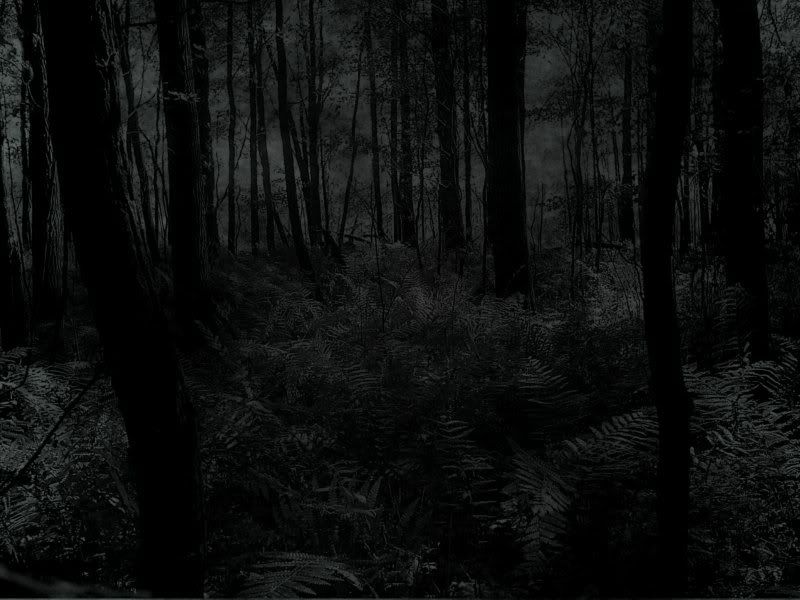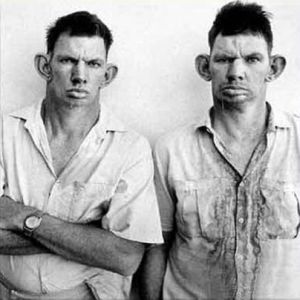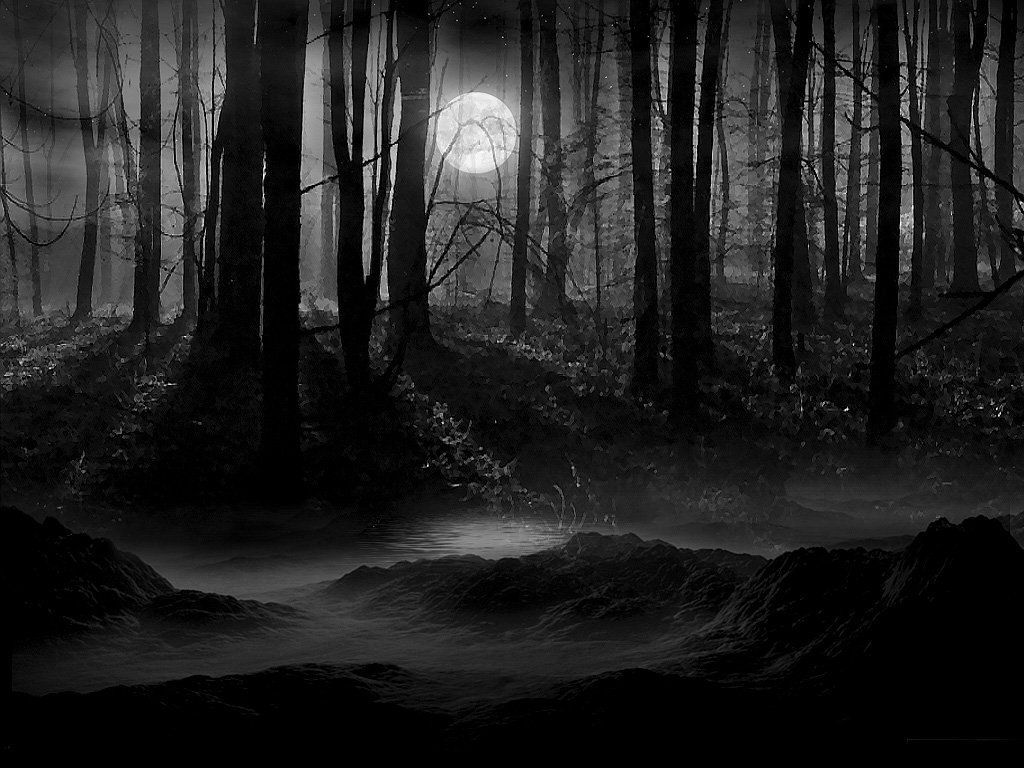It includes two different categories of cutting; one is Temporal cutting, which connects shots together to support the narrative development. It may be linear progression or not, and can include flashbacks and flash forwards, these are both used to establish the progression of time.
The other category is Spatial cutting, which creates unified space through editing the shots from different angles and framing. This includes things such as shot/reverse shot, the Kuleshov effect, and parallel editing.
Spatial Editing: This is the act of placing the shot of one location, with a shot from another, and using them to construct film narrative in any imaginable way.
Within this form of editing, there is the 180 degree rule, which states that, in the 360 degree radius of the set, when filming direction interaction between 2 characters, that all cameras and camera movement mist be on one side of the set only, covering '180 degrees'. Within this side of the set, there is two cameras, one behind each character that will film the opposite characters reactions, and can be edited to make a short interaction/conversation. This is done to prevent disorientation of the audience, and make the scene look natural. The only exception to this rule, if the camera, is moved via dolly/tracking over the one half of the set, but the movement is made clear to the audience. Below is an example taken from Pulp Fiction.
The last form of editing that is used in Spatial editing is the Match on Action shot, which is when an action shot is filmed, possibly a character reading a book. And the shot is cut half way through the action, and another filmed shot is placed directly after this cut, showing the certain action carried on, but in a different shot, often zoomed in. An example is below and is taken from The Anchorman.
Websites:
http://en.wikipedia.org/wiki/Continuity_editing
https://blogger.googleusercontent.com/img/b/R29vZ2xl/AVvXsEisMnECPaWDfHYrz7hkCyk-V2PeWqUdJPgOvu8IzjcCXfXDyWkjZtLrjXdriZekb_bNtIA_zOXqqgd_sKFNqrVIA4ZjEezH1v5R_Cxi-gIiYOy2emKSkkT1yB8cLpvyMVIromGrg8rXekSM/s1600/shot+reverse+shot.jpg
http://farm1.static.flickr.com/241/452559072_d3f437d0e9.jpg?v=0
Filmogrpahy:
Pulp Fiction 1994 (Quentin Tarantino)
The Anchorman 2004 (Adam McKay)

















